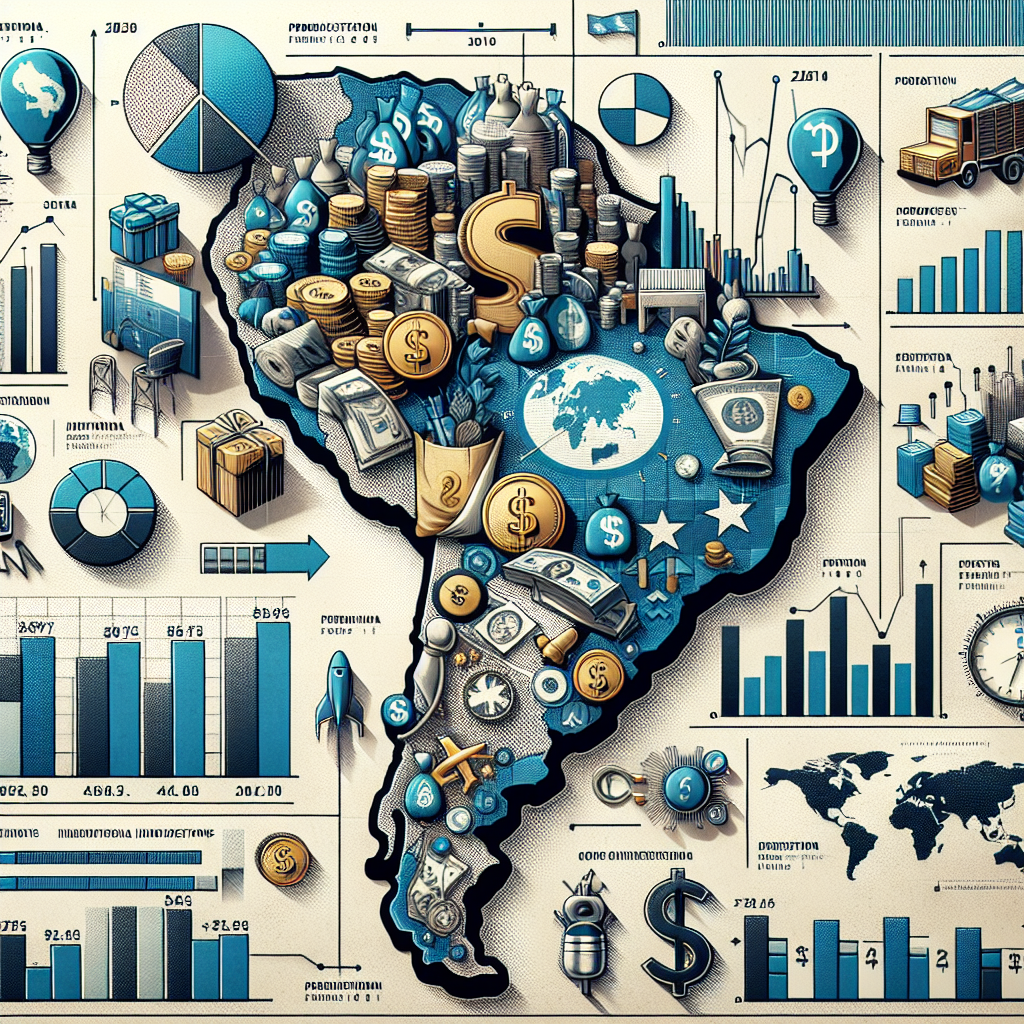Inflation in South America 2025: Trends, Insights, and Recommendations
Introduction to Inflation in 2025
As we approach the year 2025, South America is grappling with significant inflationary pressures that are affecting economic stability and the cost of living across the region. The ongoing impact of global economic trends, supply chain disruptions, and internal fiscal policies have collectively contributed to an environment where inflation rates remain a critical concern for policymakers and citizens alike.
Understanding the dynamics around inflation in South America is crucial not only for local residents trying to manage their finances but also for international investors and businesses considering opportunities in these markets. This blog post aims to provide a comprehensive overview of inflation trends expected in 2025, focusing on key countries such as Argentina, Brazil, and Chile, as well as actionable insights and recommendations.
Key Drivers of Inflation
Economic Policies and Central Bank Actions
Inflation in South America is heavily influenced by the fiscal and monetary policies employed by respective governments and central banks. In countries like Argentina, where inflation has consistently exceeded 40% annually, aggressive monetary interventions are essential to control price surges. The Central Bank of Argentina has had to adopt a series of emergency measures, including interest rate hikes and currency controls, to combat hyperinflation, which have had mixed results.
In contrast, Brazil’s monetary policy seems to be more pronounced towards stabilization, with the Central Bank of Brazil aiming for an inflation target of around 3.5% in 2025. However, external shocks such as changes in commodity prices and geopolitical tensions could disrupt these targets, necessitating continuous adjustments in policy.
Supply Chain Disruptions
Another critical factor contributing to inflation in South America is the persistent supply chain disruptions that have been exacerbated by the COVID-19 pandemic. Constraints on the movement of goods, both domestically and internationally, have been leading to shortages of essential products, pushing prices higher. For instance, the agricultural sector, which is vital for many South American economies, faces challenges from crop failures, logistics issues, and rising input costs.
Improving supply chain efficiency and investing in resilience are paramount for mitigating inflationary trends. As countries focus on domestic supply capabilities, it’s essential for businesses to innovate and adapt to these changing conditions.
Regional Insights and Comparative Analysis
Argentina: Navigating Hyperinflation
Argentina’s struggle with hyperinflation poses unique challenges that require urgent and effective policy responses. The inflation rate is projected to remain in the high 40% range, primarily due to entrenched expectations of inflation, a weak currency, and ongoing political uncertainties.
Investors in Argentina should remain cautious yet optimistic, focusing on sectors that can benefit from price increases such as commodities, while also diversifying portfolios to hedge against inflationary risks.
Brazil: A Stabilizing Force
Brazil, on the other hand, is projected to experience a more controlled inflation environment, targeting around 5% for 2025. This reflects a combination of solid policy frameworks and gradual recovery from previous crises. Key sectors such as renewable energy and biotechnology are expected to thrive, capitalizing on both local innovations and global trends.
Investing in Brazil’s stable sectors provides opportunities to enter a growing market while mitigating risks associated with inflation fluctuations.
Recommendations for Stakeholders
For Policymakers
It is imperative for governments across South America to maintain credibility by adhering to sound monetary policies focusing on transparency and communication. Implementing fiscal reforms to strengthen economic fundamentals will be essential for restoring investor confidence and stabilizing inflation rates.
For Businesses and Investors
Businesses should adapt pricing strategies that reflect current inflation rates while exploring local alternatives to reduce dependency on global supply chains. For investors, creating a diversified portfolio that includes assets aligning with inflation hedges, such as real estate and commodities, could prove beneficial.
Conclusion
Navigating the landscape of inflation in South America through 2025 presents both challenges and opportunities. By understanding the underlying factors and aligning strategies accordingly, stakeholders can better position themselves to thrive in this complex economic environment.
For further reading, check World Bank – South America Economic Outlook and International Monetary Fund – Inflation Metrics.
